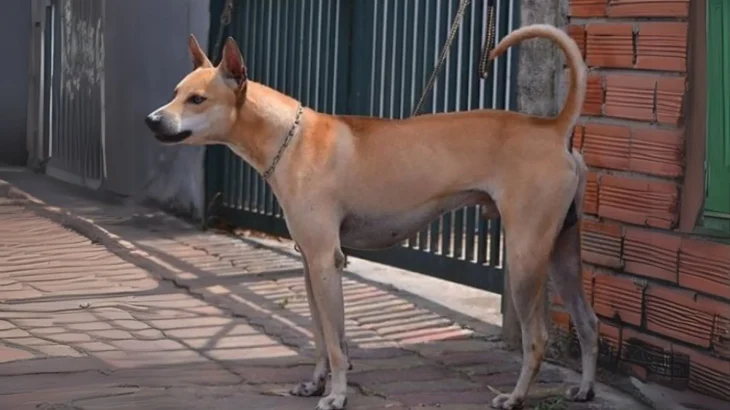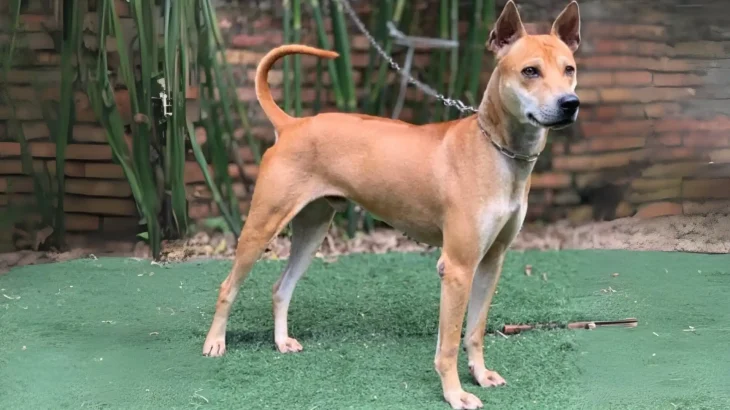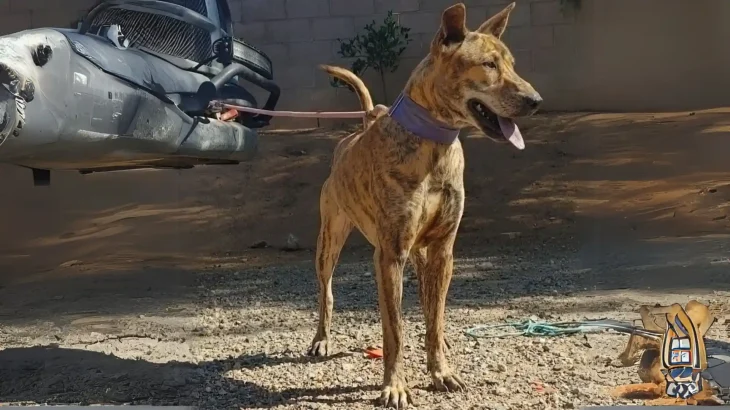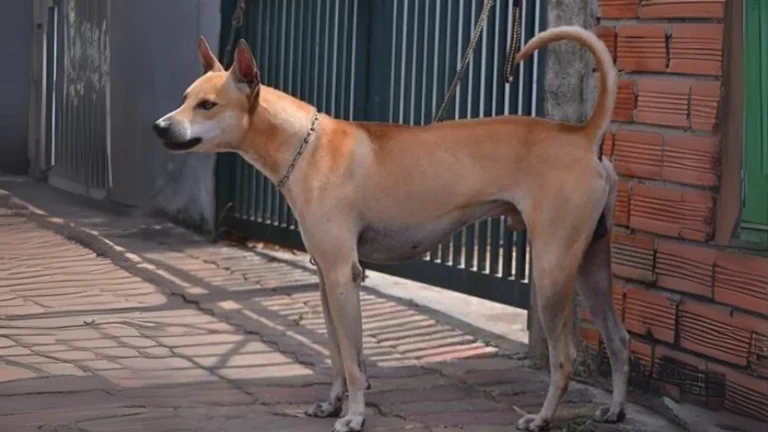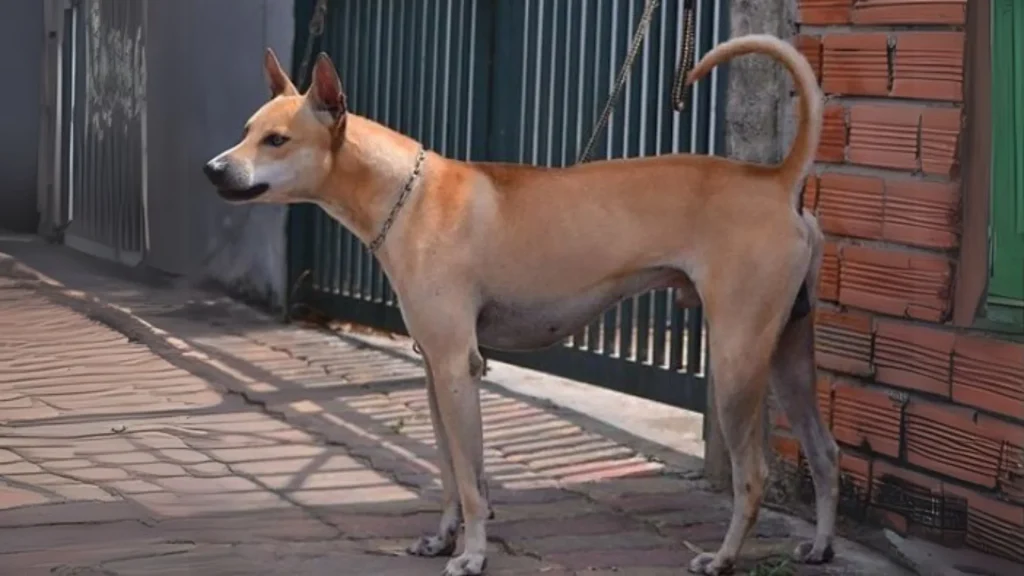For an active and unique breed like the Phu Quoc Ridgeback, pet insurance is beneficial. Pets can face unexpected injuries, illnesses, or inherited health issues. Pet insurance helps cover vet costs, giving owners peace of mind by ensuring care decisions focus on health, not finances. It supports providing the best treatment without financial strain, making it a smart choice for responsible pet care.
Understanding Pet Insurance Coverage
Pet insurance typically covers accidents like injuries or being hit by a car, and illnesses such as infections or chronic conditions. It often includes diagnostics, emergency care, hospital stays, medications, and surgeries. Some plans also cover hereditary conditions, which may be relevant for certain breeds. Routine care like vaccinations and check-ups usually isn't covered unless you have a wellness plan. Always check what a policy specifically covers.
What Owners Pay and Common Exclusions
Insurance requires paying monthly or annual premiums. Policies often have deductibles, meaning you pay the first part of a claim, then the insurer reimburses a percentage. Pre-existing conditions, experimental treatments, grooming, and boarding are usually excluded. Liability for damage your dog causes is not covered by pet insurance but might be covered by homeowner's or renter's insurance.
Alternatives to Pet Insurance
Alternatives include saving money for vet bills, financing plans, borrowing, crowdfunding, or grants. These may help but usually don't provide the broad, immediate coverage pet insurance offers in emergencies.
Advantages and Disadvantages of Pet Insurance
Pet insurance offers financial peace of mind and spreads unexpected expenses into manageable premiums. This is useful for active breeds with potential health risks. Downsides include premium costs if your pet stays healthy, deductibles, co-pays, reimbursement caps, waiting periods, and exclusions. Weigh these carefully.
A Scenario: The Unforeseen Emergency
Imagine your lively Phu Quoc Ridgeback becomes sick after playing. The vet finds a serious intestinal blockage needing surgery, hospital stay, and medications—all costly. Without insurance, this is a financial shock. With insurance, after deductible, most costs are covered, letting you focus on your dog's recovery.

